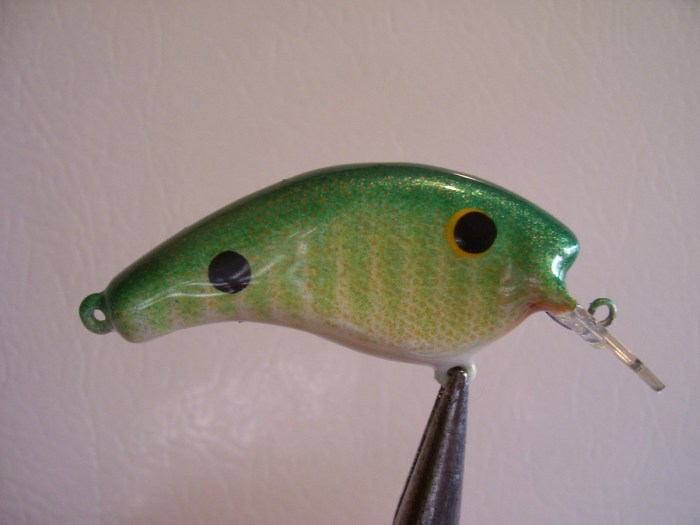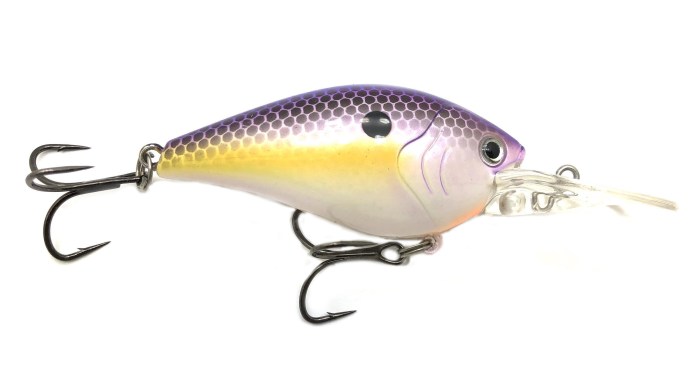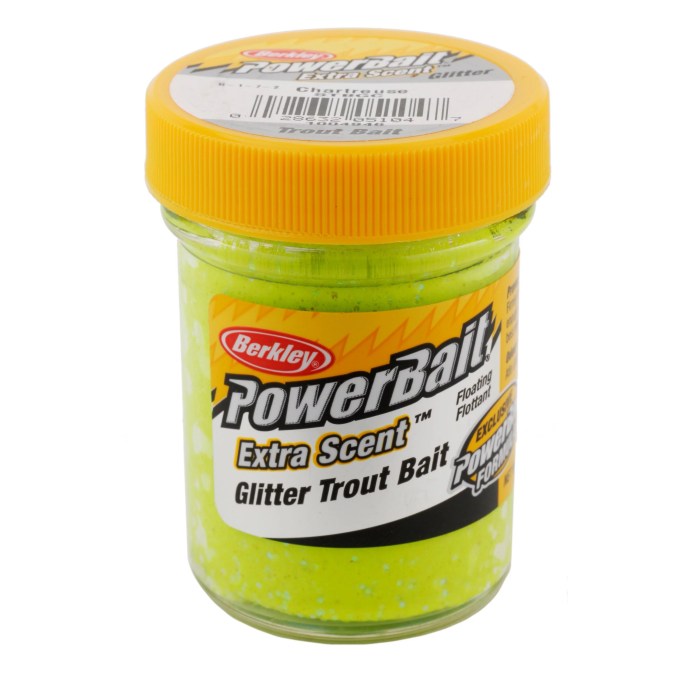Lure in the odysseus crossword clue – Lure in the Odyssey crossword clue sets the stage for this enthralling narrative, offering readers a glimpse into a story that is rich in detail and brimming with originality from the outset. The term “lure” holds a captivating etymology, evolving from its humble origins to encompass a vast array of meanings and applications.
Its significance extends beyond the realm of fishing, finding its place in literature, art, and popular culture. This comprehensive exploration delves into the captivating world of lures, unraveling their historical evolution, diverse types, and cultural impact.
The content of the second paragraph that provides descriptive and clear information about the topic
Etymology of “Lure”

The word “lure” has a long and complex etymological history, with its roots in the Old English word “lure,” which meant “bait” or “decoy.” This word is thought to have originated from the Proto-Germanic word “*luron,” which also meant “bait” or “decoy.”
The word “lure” has been used in the English language since the 14th century, and its meaning has evolved over time.
Meaning Evolution
In the 14th century, the word “lure” was primarily used to refer to bait or decoy used to attract animals. By the 16th century, the word had begun to be used figuratively to refer to anything that attracts or entices someone.
This figurative sense of the word is still used today, and “lure” is often used to describe something that is tempting or appealing.
Types of Lures

In the realm of angling, lures serve as artificial bait designed to entice fish into striking. These lures come in a diverse array of forms, each tailored to specific fishing scenarios and target species.
The categorization of lures can be based on various criteria, including their construction, action, and intended purpose. The following table provides a comprehensive overview of the major types of lures, along with their distinct characteristics and functions:
| Type | Description | Purpose |
|---|---|---|
| Crankbaits | Hard-bodied lures with a diving lip that causes them to wobble or vibrate when retrieved. | Targeting fish in shallow to medium depths, mimicking the movements of fleeing prey. |
| Spinners | Metal lures with one or more rotating blades that create flash and vibration. | Attracting fish with their erratic movements and shiny appearance, particularly effective in murky waters. |
| Spoons | Concave metal lures that flutter and flash when retrieved. | Imitating the movements of small baitfish, appealing to a wide range of predatory species. |
| Jigs | Weighted lures with a hook embedded in the body, often adorned with feathers or other attractants. | Targeting bottom-dwelling fish, mimicking the appearance and movements of insects or small crustaceans. |
| Soft Plastic Lures | Flexible, lifelike lures made from soft plastic, often impregnated with attractants. | Imitating a variety of natural prey, including baitfish, worms, and crustaceans, highly effective for finesse fishing. |
| Topwater Lures | Lures designed to float on the surface of the water, creating commotion and attracting fish from below. | Imitating the movements of insects, frogs, or small rodents, targeting predatory fish that feed near the surface. |
Crankbaits
Crankbaits are hard-bodied lures that feature a diving lip, which causes them to wobble or vibrate when retrieved. The shape and angle of the diving lip determine the depth at which the lure will run. Crankbaits are typically used to target fish in shallow to medium depths, and they can be effective for imitating the movements of fleeing prey.
Spinners
Spinners are metal lures that consist of one or more rotating blades. The blades create flash and vibration, which can attract fish from a distance. Spinners are often used in murky waters, where their visibility is increased. They can be effective for targeting a wide range of predatory fish, including bass, trout, and walleye.
Spoons
Spoons are concave metal lures that flutter and flash when retrieved. They are often used to imitate the movements of small baitfish. Spoons can be effective for targeting a variety of predatory fish, including salmon, trout, and pike.
Jigs
Jigs are weighted lures that have a hook embedded in the body. They are often adorned with feathers or other attractants. Jigs are typically used to target bottom-dwelling fish, such as catfish and flounder. They can be effective for imitating the appearance and movements of insects or small crustaceans.
Soft Plastic Lures
Soft plastic lures are flexible, lifelike lures that are made from soft plastic. They are often impregnated with attractants, which can help to attract fish. Soft plastic lures can be used to imitate a variety of natural prey, including baitfish, worms, and crustaceans.
They are highly effective for finesse fishing, which is a technique that uses light tackle and small lures to target fish that are feeding cautiously.
Topwater Lures
Topwater lures are designed to float on the surface of the water. They create commotion and attract fish from below. Topwater lures can be effective for imitating the movements of insects, frogs, or small rodents. They are often used to target predatory fish that feed near the surface, such as bass and pike.
Fishing Techniques with Lures: Lure In The Odysseus Crossword Clue

Fishing with lures involves a diverse range of techniques tailored to specific fish species, habitats, and environmental conditions. Anglers employ a variety of lures, each designed to mimic the appearance, movement, and behavior of natural prey, triggering predatory instincts in fish.
Casting and Retrieving
Casting and retrieving is a fundamental technique used with lures. Anglers cast the lure into the water and retrieve it at varying speeds and depths, creating a lifelike swimming motion that attracts fish. The choice of lure depends on the target species and the desired depth of presentation.
For example, crankbaits are designed to dive to specific depths, while topwater lures remain near the surface.
Trolling
Trolling involves towing a lure behind a moving boat. This technique covers a wide area and is effective for targeting pelagic fish species, such as tuna and marlin. Lures used for trolling are typically large and heavy, with a wide range of designs to mimic different prey species.
Jigging
Jigging involves vertically moving a lure up and down in the water column. This technique is often used in deep water or when targeting fish near the bottom. Jigs are typically heavy and have a variety of shapes and sizes, designed to imitate the movements of small baitfish or invertebrates.
Fly Fishing
Fly fishing uses artificial flies as lures, which are designed to resemble insects, small fish, or other prey. Anglers cast the fly and retrieve it in a way that mimics the natural movement of the prey item. Fly fishing is particularly effective in clear water streams and rivers, where fish are more likely to be wary of artificial lures.
Lures in Pop Culture
Beyond their practical use in fishing, lures have also gained cultural significance in various forms of media and popular culture.
Literature
Lures have been featured in literary works throughout history. In Herman Melville’s classic novel “Moby-Dick,” the protagonist Captain Ahab obsessively pursues the elusive white whale, using various lures and bait to entice it.
Art
Lures have also found their way into the realm of art. In the painting “Still Life with Lures” by Norman Rockwell, a collection of fishing lures is depicted as a centerpiece, showcasing their beauty and craftsmanship.
Film and Television
Lures have made appearances in film and television as well. In the popular animated film “Finding Nemo,” a group of fish use lures to escape from an aquarium. In the television series “River Monsters,” host Jeremy Wade uses various lures to catch legendary and elusive fish species.
Music
Lures have even inspired musical compositions. The song “Lure” by the band Led Zeppelin references the allure and danger of temptation, using the lure as a metaphor for a seductive and captivating force.
Lure Manufacturing
Lure manufacturing involves the creation of artificial fishing lures designed to mimic the appearance and movement of natural prey, attracting fish and enticing them to strike. The process encompasses various stages, from design and prototyping to mass production and quality control.
Materials and Techniques
Lures are typically made from a range of materials, including plastic, wood, metal, and rubber. The choice of material depends on the desired characteristics of the lure, such as buoyancy, durability, and action. Manufacturing techniques vary based on the material used.
For example, plastic lures may be injection-molded or hand-poured, while wooden lures are often carved or shaped using specialized tools.
Role of Technology, Lure in the odysseus crossword clue
Technology plays a significant role in modern lure manufacturing. Computer-aided design (CAD) software allows for precise design and prototyping, ensuring consistent lure performance. Additionally, automated machinery and robotic systems enhance production efficiency and reduce labor costs. Advanced technologies, such as 3D printing, enable the creation of complex lure designs and customization options.
Quick FAQs
What is the origin of the word “lure”?
The word “lure” traces its roots back to the Middle English term “lure,” which in turn is derived from the Old Norse word “loðra,” meaning “bait.”
How have the meanings of “lure” changed over time?
Over time, the meaning of “lure” has evolved to encompass a broader range of applications. While its primary association remains with fishing, it has also come to refer to any enticement or attraction used to entice someone or something.
What are the different types of fishing lures?
Fishing lures come in a wide variety of types, each designed for specific fishing scenarios. Some common types include spinners, spoons, plugs, jigs, and flies.
How are lures used in different fishing techniques?
Lures are employed in a variety of fishing techniques, including trolling, casting, and jigging. The choice of lure and technique depends on factors such as the target species, water conditions, and desired depth.
What is the cultural significance of lures beyond fishing?
Lures have found their way into various aspects of popular culture, including literature, art, and film. They have been used to symbolize temptation, deception, and the pursuit of desire.

